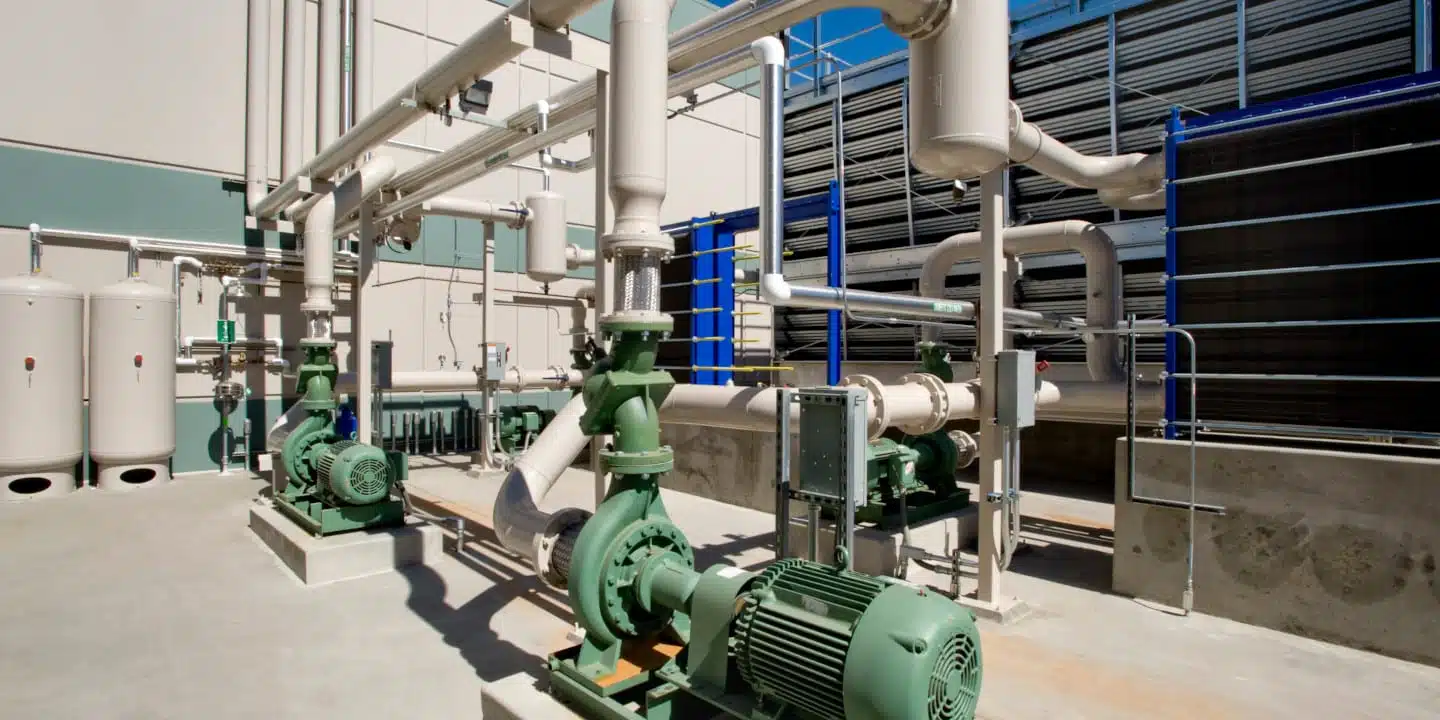In industrial manufacturing, fluid systems are to your operation what the circulatory system is to the human body. Veins of fluid flowing throughout your manufacturing operation must be kept running smoothly to ensure there are no unwanted complications.
Just as it’s a challenge to maintain our health as we age, it’s no easy feat to foster these systems as they mature and scale. Fluid systems can become complex to manage, and optimization may take up precious time while resources may be under or overutilized. Even worse: your system’s reliability could waver.
An industrial system scaling solution is an important investment to allow your team to adjust to fluctuating conditions, optimize energy consumption, and maintain operation efficiency and consistency. This technology can optimize your system’s potential while minimizing the stress that comes with scaling.
Fluid system optimization and management was once a process fraught with potential for human error. Industrial fluid operations used a variety of techniques to cobble together the information, such as:
Those who choose to grow alongside the evolving fluid power industry can secure a variety of benefits using modern technologies, such as:
A digital twin is a digital representation of your industrial fluid system and includes engineering data that can be used to accurately understand, model, and monitor system performance. Digital twin technology elevates everyday system monitoring and can assist in the system planning process.
By implementing digital twin fluid systems, your team can reduce the risk of human errors with built-in standards; simplify the import and export of pipe system design and models during the planning and updating phases; and even more effectively secure stakeholder buy-in through visual proof of concepts.
To effectively scale your modern industrial fluid system, it must be connected with the Industrial Internet of Things (IIoT). IIoT automation is a concept where all the sensors, instruments, and devices used in your industrial fluid system must be connected through the internet to effectively and automatically transfer real-time data to improve performance.
All sensors throughout your system components must be able to communicate with your central monitoring system to maintain an up-to-date database of performance information. This unification allows you to scale more effectively and monitor your performance as you do so.
As your industrial fluid systems scale in complexity, manual scenario analysis and testing become inefficient. Instead, utilize Python scripts to automate routine tasks in your fluid system management software, such as checking flow rates and collecting data updates.
These automations enable core functions—flow analysis, system optimization, and report generation—to run in the background while your team focuses on higher-value tasks. With industrial fluid system automation, you can continuously collect valuable operational data and quickly identify and rectify potential problems before they escalate.
Consider the diagram below. The top image shows a fluid system model prior to analysis. After implementing a Python script that evaluates valve positions across various flow ranges, “Control Valve 1” is highlighted in red, identifying it as a potential choked flow point.
This identification can be done in a moment with the automation capabilities of modern fluid system management solutions. These capabilities become particularly valuable as your systems scale and your responsibility for monitoring and optimizing more components across larger systems grows.
Before you implement automation into your fluid system management process, consider how your system is operating. Assess key factors and consider what they mean for your system’s scalability, including:
Assessing these needs can help you identify key metrics to consider when implementing your scaling solution, such as:
Using the data from these assessments, you can create a strategic approach to implementation and improve your fluid system optimization.
While digital solutions can provide significant scaling benefits, they must be implemented strategically. Your approach may vary based on your circumstances, but including these critical components could optimize your chances of success:
Set clear guidelines for success to determine the effectiveness of your implementation. These will likely depend on your end goal but could include:
You can use these metrics to better understand how well you’ve achieved your goals, discover areas for improvement, and optimize your fluid system management further.
Fluid flow analysis software like PIPE-FLO is the future of fluid system management. With industry-leading features like Python scripting and SCADA/IoT connectivity, these solutions generate a holistic approach and interconnected ecosystem for modern system infrastructure operations and management.
